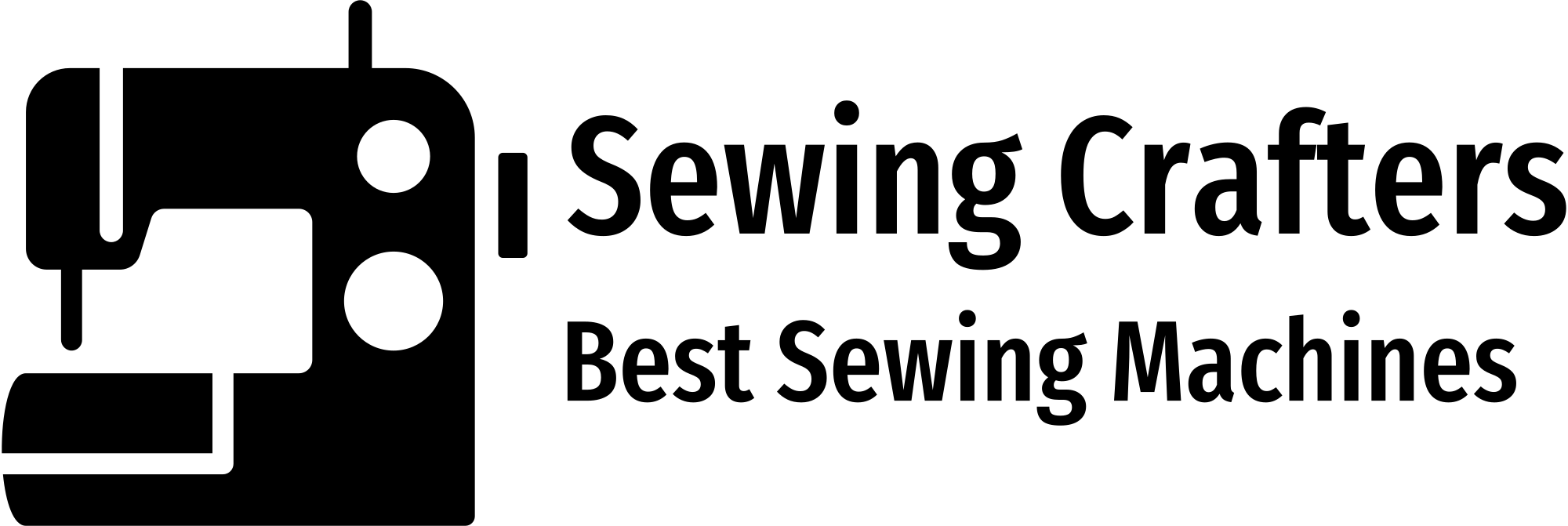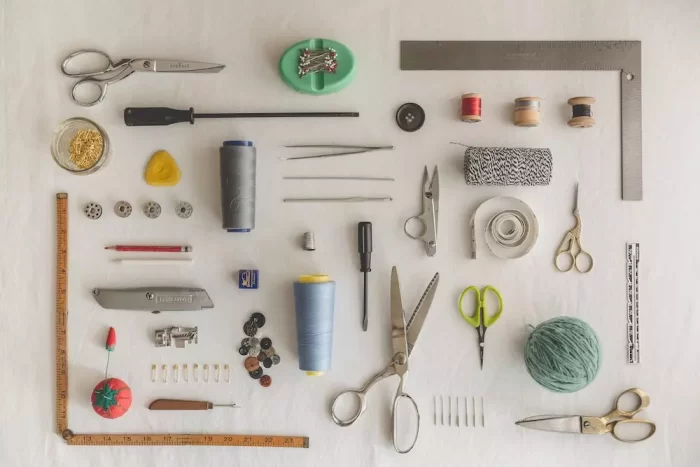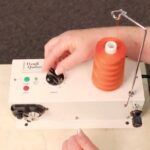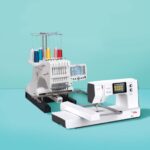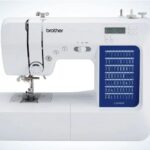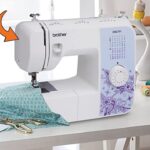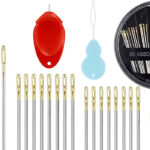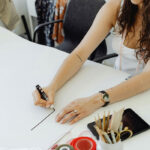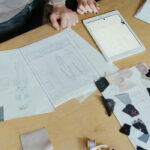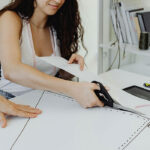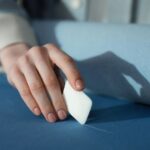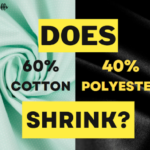Mastering the art of sewing unlocks a realm of creative opportunities. From clothing to home decor and beyond, sewing allows you to make custom, one-of-a-kind items to your taste and size. However, having the right tools and accessories makes learning this skill much easier and more enjoyable. As a beginner, having certain essentials on hand will set you up for sewing success. In this article we talk about Top 10 Must-Have Sewing Accessories Every Beginner Needs In 2024
Sewing Machine
The most obvious must-have is a good quality sewing machine. As a beginner, you don’t need the fanciest model with lots of stitches and options. An entry-level machine that offers basics like straight and zigzag stitches is ideal for learning. Make sure to choose one with easy stitch selection, variable speed control and a top loading bobbin. Having an automatic needle threader also saves frustration. Test drive machines to find one comfortable for you. Invest in the best model you can afford so it lasts through years of sewing projects.
Scissors
A good pair of sewing scissors is essential. Choose a sharp pair in the 5 to 7 inch range specifically for cutting fabric. Never use them for anything else that could dull the blades. Many sewers opt for both standard scissors for straight cuts and pinking shears for finishing raw edges to prevent fraying. High carbon steel blades stay sharp longest. Right or left-handed styles make cutting easier and more precise based on your dominant hand.
Seam Ripper
Mistakes happen, especially when learning a new skill. A seam ripper quickly and neatly removes those stray or crooked stitches. The best ones have a sharp point to pierce fabric and a curved blade to slice threads. Make sure to get a seam ripper with a safety cap for the times you don’t need it. You’ll be reaching for this little tool often, so keep it handy in your sewing kit.
Hand Sewing Needles
While your machine sews the bulk of projects, hand sewing needles have lots of uses too. Sharp, short needles are ideal for quick mending, hemming, attaching buttons, appliqué and basting. Longer needles work for hand sewing areas hard to maneuver under the machine. Have an assortment of needle sizes on hand for working with different weights of fabric. Stock up on needles in small packages since they’re easy to misplace and break.
Straight Pins
Pins have endless uses in sewing, from marking to piecing fabric together and temporary alterations. Straight pins with thin metal shafts and flat heads won’t damage material. Rust-proof stainless steel pins have maximum holding power without snagging or bending. Ball head silk pins have extra smooth finishes ideal for delicate fabrics. Having plenty allows you to be generous while pinning patterns and projects. Consider an ergonomic pincushion that protects your fingers.
Hand Sewing Needles
While your machine sews the bulk of projects, hand sewing needles have lots of uses too. Sharp, short needles are ideal for quick mending, hemming, attaching buttons, appliqué and basting. Longer needles work for hand sewing areas hard to maneuver under the machine. Have an assortment of needle sizes on hand for working with different weights of fabric. Stock up on needles in small packages since they’re easy to misplace and break.
Measuring Tools
Accurate measuring prevents mistakes when cutting out patterns and determining seam allowances. Must-have measuring tools include both a tape measure and clear plastic ruler. Flexible but sturdy tape measures range from 60 to 150 inches for measuring body dimensions, pattern layouts and yardage. Rulers provide smooth straight edges for marking cut lines. Consider getting an erasable fabric marker so you can draw directly on material, then wipe away.
Needles & Thread
Having an array of hand sewing needles for mending, hemming and more allows you to choose the best type and size for each fabric and task. Sharp needles prevent snagging delicate material. Consider getting ball point needles that slide between knit fibers without piercing them. Stock different thickness needles for light and heavy fabrics.
Always match thread weight to needle and fabric so stitches are strong yet invisible. All purpose polyester thread handles most projects. Have an assortment of thread colors for more options. Wind bobbins neatly so tension is consistent and the thread feeds smoothly.
Thimble
A thimble protects your finger from needle pricks when hand sewing. Traditional metal styles last for years and have dimpled surfaces to grip needles. Soft fabric thimbles often have magnetic tips to keep needles handy. Whether plain or decorative, a thimble makes push-through stitching much more comfortable. Consider getting a variety pack so you can find just the right size and feel.
Iron & Ironing
Board Pressing is an essential step for smooth, professional looking finished projects. Invest in a quality iron that provides consistent heat across the plate, along with variable temperature settings for all fabric types. A sturdy ironing board at a comfortable height allows you to press yardage, seams and finished items with ease. A good cover and pad prevents shine marks on fabric.
Conclusion
With this toolkit of 10 sewing essentials, you’re ready tackle beginning sewing projects with ease and enjoyment. Mastery comes with practice, so don’t get discouraged with initial mistakes. Building skill and confidence, you’ll be creating amazing handmade items in no time. Soon you’ll have the basics down and be ready to add more specialized tools to your growing sewing collection. I sincerely hope you find this “Top 10 Must-Have Sewing Accessories Every Beginner Needs In 2024” article helpful.
